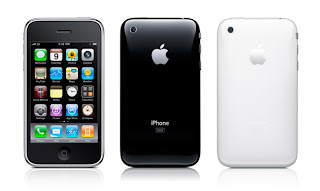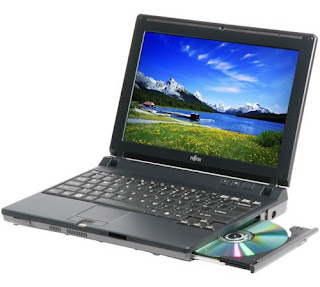
~ Travel light? Yeah, right.
If you are planning an extended vacation, you will almost certainly take too much with you. In fact, I don’t know anyone who has gone on a vacation of any type, long or short, and complained they didn’t take enough with them. They may have complained they didn’t take the right items along, but they never complained about not taking enough.
In fact, I’m a good example. When I arrived in New York early in March, 2008, it was bitterly cold. Personally, I generally have no problem with the cold, but New York was even colder than I was ready for. The jumper I had with me was just not up to the task of keeping out the freezing wind.
Rather than race out to the nearest department store and buy an expensive jacket, I found a charity store close to where I was staying and bought an excellent second hand jacket for under $20. I wore this over the next few weeks, but gave it away once the weather warmed up enough for me not to need it again. I also found some perfectly good t-shirts in the same charity store for a dollar or two each, and added these to my kit.
On my 2008 travels I started packing clothes with the concept of taking ‘three of everything’. Three pairs of socks, jocks, shirts, trousers, etc. Of course, ‘three of everything’ is only a starting point. Taking three pairs of shoes is overkill, as are three jackets/coats and many other items. So adjust the idea for your own needs and take the minimum you think you will need. After all, isn’t one of the joys of travel discovering and purchasing new clothing in exotic, far away locations?
My suggestion: half fill your suitcase before you leave, that way there will be room in it for the new purchases you make. Otherwise you will have to start discarding clothing as you purchase new items, or start shipping boxes back home – which is potentially very expensive, depending on how you decide to ship your packages.
As it was, I ended up sending three packages home while travelling: two from America, and one from Greece. To be quite honest, the postage for each probably doubled the cost of the original items contained in each box. Was it worth it? I’m still not sure. Some items (gifts and souvenirs, etc), simply had to be sent back to lighten my load, but other items could, and probably should have been left behind.
Don’t discount the option of hiring the items you need once you arrive at your destination. Dragging a set of golf clubs from Sydney to Florida, just doesn’t make sense. Renting a set of golf clubs once you arrive at your hotel in Florida does however, makes perfect sense.
In deed, you can hire almost anything today, making the possibility of travelling light, much more of a reality than it ever was.
 By the way, my first computer was a state-of-the-art Commodore 128D. So take that, Mr. Rothman. My system had double the memory of your flashy Kaypro II. Sadly (or should that be, happily?), it wasn’t long before Rothman’s Kaypro II, and my Commodore 128D were superseded by much more powerful computers with virtually unlimited amounts of RAM and hard drive storage. If you don’t believe me, look at the advert here for a 10MB hard disk—a bargain at just $3,398.00. At that price, I bet people were snapping them up!
By the way, my first computer was a state-of-the-art Commodore 128D. So take that, Mr. Rothman. My system had double the memory of your flashy Kaypro II. Sadly (or should that be, happily?), it wasn’t long before Rothman’s Kaypro II, and my Commodore 128D were superseded by much more powerful computers with virtually unlimited amounts of RAM and hard drive storage. If you don’t believe me, look at the advert here for a 10MB hard disk—a bargain at just $3,398.00. At that price, I bet people were snapping them up!






